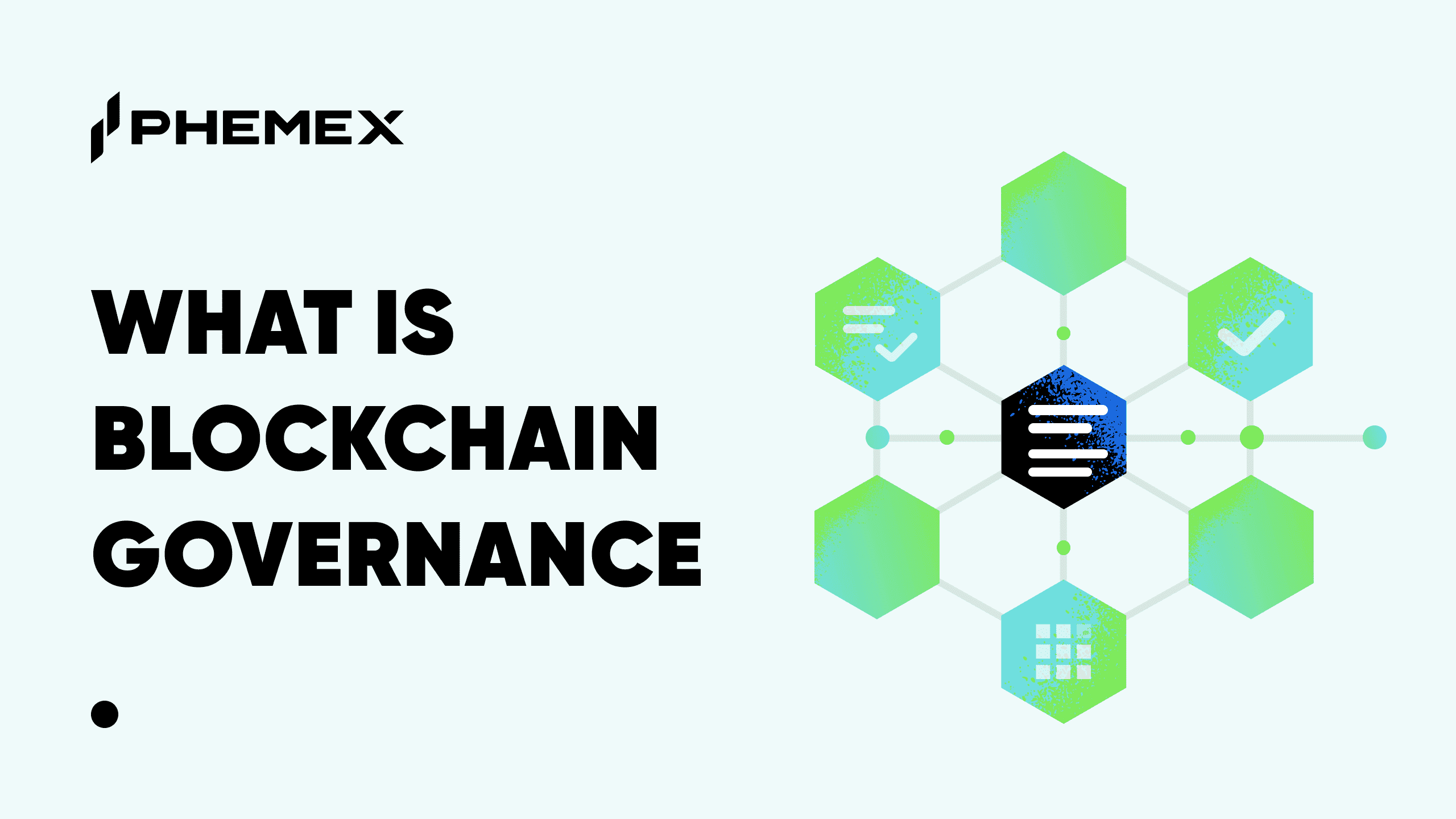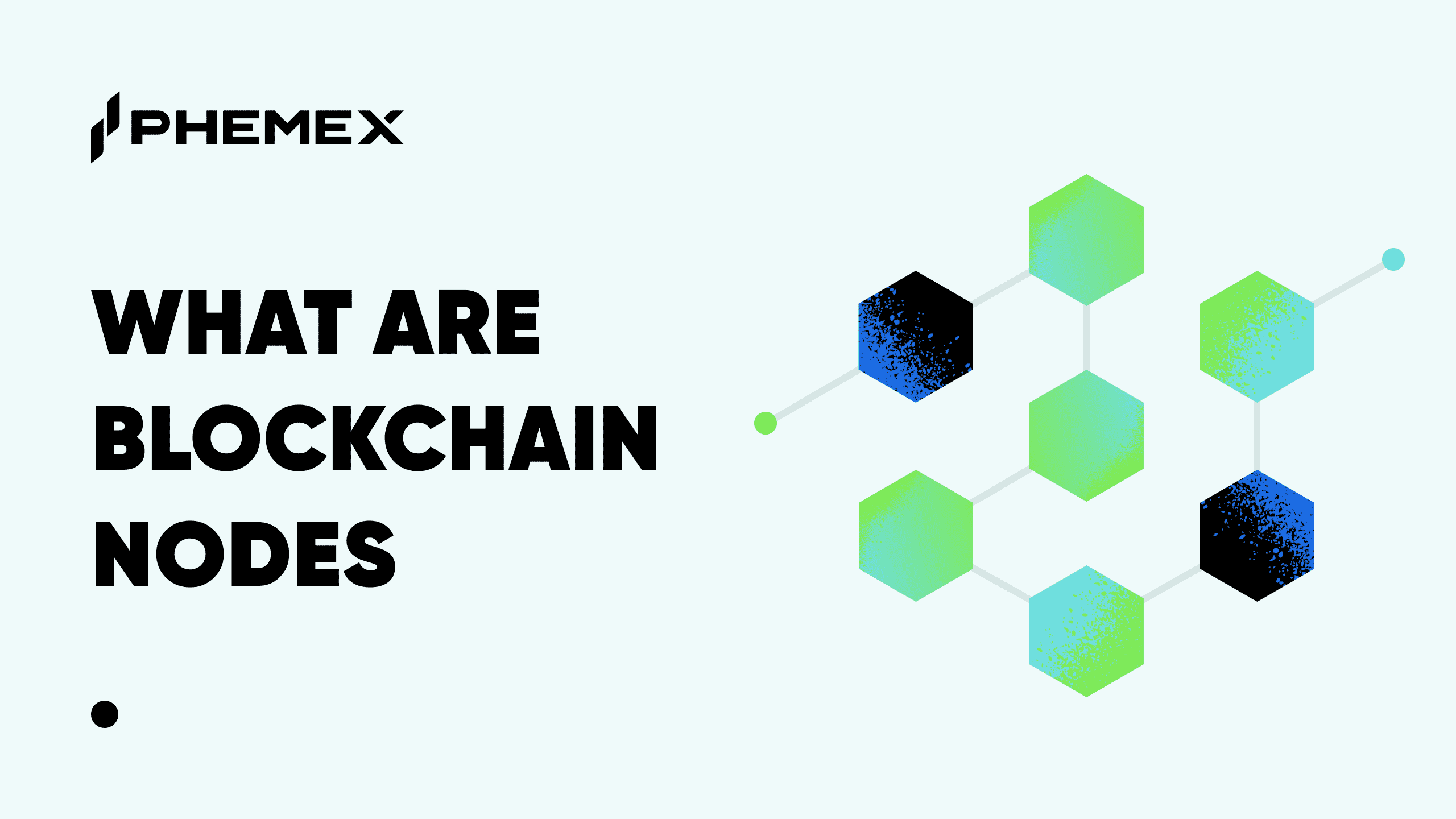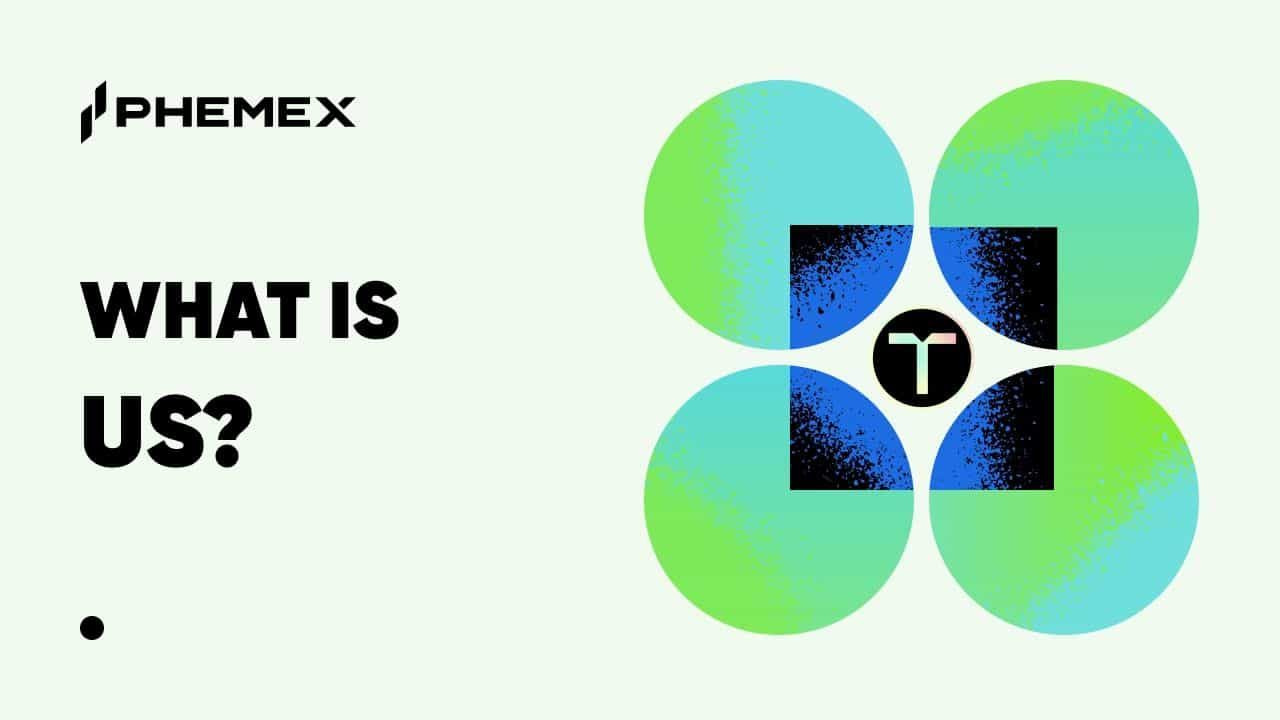IOST is an ultra-fast, decentralized blockchain platform. Launched in 2018, IOST is based on a revolutionary Proof-of-Believability (PoB) consensus mechanism. It is designed for industrial-scale transaction throughput and can handle up to 100,000 TPS.
IOST’s mission is to provide base-level blockchain infrastructure for businesses like Amazon, Facebook, Google, and Microsoft, when they need a fast and scalable blockchain to process millions of customer transactions. IOST trades at $0.05 with a market cap of $1.1 billion, and has a circulating supply of 18 billion tokens. It is ranked 104th by market cap.

What Is IOST?
IOST stands for “Internet of Services Token.” It is an enterprise-level blockchain designed for commercial scalability. The concept of IOST is based on the “Internet of Services,” and its main competitors are blockchains like MIOTA (IOTA).
The IOST platform processed over 60 million transactions and has 600,000 registered users. The following are the key highlights of the IOST ecosystem:
- High TPS (Transactions per Second): Designed to provide the fastest transaction settlement. It can process up to 100,000 transactions per second, compared to 7 for Bitcoin (BTC), 13 for Ether (ETH), and 4,000 for EOS (EOS).
- Proof-of-Believability (PoB): A new Byzantine-consensus protocol that divides blockchain validators into two groups: “Believable” and “normal” league. Block production is performed by a committee of 17 nodes that change every 10 minutes to increase throughput.
- Servi Token: A built-in sub-token called “Servi” is awarded to good actors on the consensus network. A believability score is assigned to each participant. The committee election is more decentralized than other PoS systems with a lower barrier of entry due to the believability score.
- EDS (Efficient Distributed Sharding): A method that divides the blockchain in multiple sub-chains, while the main chain remains unchanged. Each sub-chain has the same throughput capabilities as the main chain. During block transitions in IOST sharding, a so-called “TransEpoch” system is employed that secures the validators-to-shards assignment for nodes. This results in higher TPS and mass scalability for the ecosystem.
- Atomix: A fast protocol designed to verify the authenticity of cross-shard transactions on the PoB consensus algorithm. When the IOST blockchain is split into sub-blockchains, this protocol verifies that the transactions are valid.
- Micro State Block (MSB): A built-in mechanism that aims to decrease storage on the blockchain, minimizing fees for validators and inviting more participants to the blockchain consensus.
- IOST Token: A native token used for the IOST ecosystem that is used for transactions and commission fees. It is built as an ERC-20 token and operates on the Ethereum This allows investors to store it on all Ethereum-compatible wallets.
- Cross-Chain Compatibility: IOST partnered with Polkadot (DOT) in March 2021, and the two companies are building a cross-chain transfer bridge between the Polkadot and IOST ecosystems.

Who Is Behind IOST?
The founder and CEO of IOST is Jimmy Zhong, a serial entrepreneur who founded tech startups in China and the US. Jimmy started his entrepreneurship career in 2009 when he co-founded the largest student travel agency in Beijing, China. Zhong left China to pursue additional studies at Emory University in Atlanta, GA. During his student days, he developed an online student marketplace called StudyPool and sold it for $40M USD.
Other notable co-founders are Terence Wang, Kelvin Tan, and Ray Xiao. They hold university degrees from prestigious institutions such as Harvard, Princeton, and the University of California.
The team has experience working for corporations like Google, Morgan Stanley, Amazon, and other tech giants. They developed IOST to cater to those enterprises and enable fast blockchain payments for their clients. IOST attracted funding from the largest VCs in Silicon Valley, such as Sequoia Capital and Matrix.

What is Proof Of Believability (PoB)?
Proof-of-Believability (PoB) is a new randomized proof-of-stake consensus algorithm designed for high transactional speeds and ensuring nodes remain compliant. The Proof-of-Believability consensus splits validators into two main groups: Believable and normal league. There is a sub-token called “Servi” that is awarded to all participants in the consensus based on their behavior.
Believable-league validators process transactions in the first phase. Afterward, normal-league transactions sample and verify those transactions to ensure they’re valid. The number of earned Servi tokens, IOST staked, positive reviews, and previous actions are used to determine if a node is considered believable or normal league.
Normal league nodes can be upgraded to believable league notes in an election process. Believable nodes form smaller groups and assign one validator per group. They produce blocks with very low latency and pass them to normal league nodes for extra validation.

In a PoB consensus, there is a block production committee with 17 seats. These seats are filled by the top 17 believable-league nodes with the highest Servi. They are automatically changed every 10 minutes in a selection round among believable nodes.
To promote the decentralization of believable nodes, when nodes are selected for the next round, all current 17 committee members pay Servi. This is awarded to unselected nodes, to increase their chance of being elected to the next round. If a node acts in a malicious manner, its status is downgraded accordingly.
Effectively, hundreds of different nodes are elected to the 17-seat committee each day. This means that the barrier to entry for a PoB network is lower than that of a PoS network, and more nodes are able to participate in the consensus mechanism. The security of the ecosystem is at a higher level because the top nodes are not permanently elected based on the number of tokens they hold.

How Do IOST Sharding and Throughput work?
Sharding is a method designed to increase transaction speeds on the blockchain by splitting the main blockchain into numerous sub-blockchains. This enables the IOST network to reach TPS of up to 100,000 for enterprise use.
Sharding on the IOST network functions by dividing the main chain into multiple sub-chains. Nodes on the IOST network are assigned to separate shard groups, and they only execute transactions on their designated shard. Sharding creates parallel networks that allow large blocks of transactions to be processed on the IOST blockchain.
The smaller sub-blockchains on the IOST network have the same characteristics of the main network. The IOST network is decentralized with nearly 500 operational nodes powering multiple sub-networks.
There are built-in algorithms such as “Scaleout,” “Atomix,” and “Biased Resistant Distributed Randomness (BRDR)” that provide security for shards on the IOST network. They authenticate transactions on multiple levels and secure users from malicious actors in the PoB consensus mechanism.
How do IOST DApps work?
IOST is a smart-contract network that allows DApps to be built on top of its consensus mechanism. Developers can use Solidity and JavaScript to develop DApps for the IOST network.
IOST BaaS (Blockchain-As-a-Service) technologies provide the following advantages for developers:
- Smart contracts
- Authorization management
- Multi-cloud support
- Cross-chain support
- Privacy
IOST Price History
The IOST token is the native token of the IOST network. It is built on the Ethereum network and operates as an ERC-20 token. There are currently 19 billion IOST tokens in circulation and the maximum supply is 90 billion tokens.
IOST ran a successful private sale and gathered 35,000 ETH ($35 million at the time) in late 2017. The IOST token launched in February 2018 and the mainnet went live in January 2019.

The IOST token is used for commissions and fees on the IOST network. Payments and rewards for validators are settled in IOST. IOST does not have a wallet but it is an Ethereum-powered token and can be stored in any Ethereum wallet.
IOST Token Price Analysis
IOST currently trades at $0.05 with a market cap of $1.1 billion. It is ranked 104th based on the total market cap. IOST reached an all-time-high of $0.13 in January 2018. The current price reflects a 63% decrease from the 2018 peak.
IOST was in a deep bear market throughout 2019 until a re-emergence in early 2021. The token price started appreciating in February 2021 and reached a peak of $0.08 in March 2021 when it announced a partnership with Polkadot.
In 2021, the token price averaged at $0.05 with a slight dip to $0.03 in June.
What is The Future for IOST?
The future outlook for IOST looks positive. If IOST implements cross-chain compatibility with emerging chains like Polkadot, the price is likely to appreciate as a result.
The only bearish outlook for IOST is that it has a maximum supply of 90 billion tokens and only 20 billion (20% of the supply) are currently in circulation. The tokens belong to the IOST foundation. If those tokens are released into circulation, it could have a negative effect on the price of IOST.
Conclusion
IOST (Internet of Services Token) is an enterprise blockchain designed to process millions of transactions. The project is based on the concept of the “Internet of Services” and features a new Proof-of-Believability (PoB) consensus algorithm.
The consensus mechanism uses sharding to enable fast throughput on its network. Currently, IOST is capable of processing up to 100,000 transactions per second. The IOST development team is focused on cross-chain compatibility, and this could reflect in positive price appreciation in the future.
Read More
- What is IoTeX: A Privacy-Centric Blockchain for the IoT
- What is IOTA: IOTA and the Internet of Things
- What is Initial Exchange Offering (IEO) & How does it Work?
- What is a security token offering (STO)?
- What Is EOS: A Complete Guide to EOS with Price Analysis
- What is STORJ: The Decentralized Answer to Cloud Storage Solutions?
- What is Orbs – Bringing Blockchain to the High Street
- ISO 20022 for Crypto: Are Cryptos ISO-Compliant and Can Be Used by Banks?









